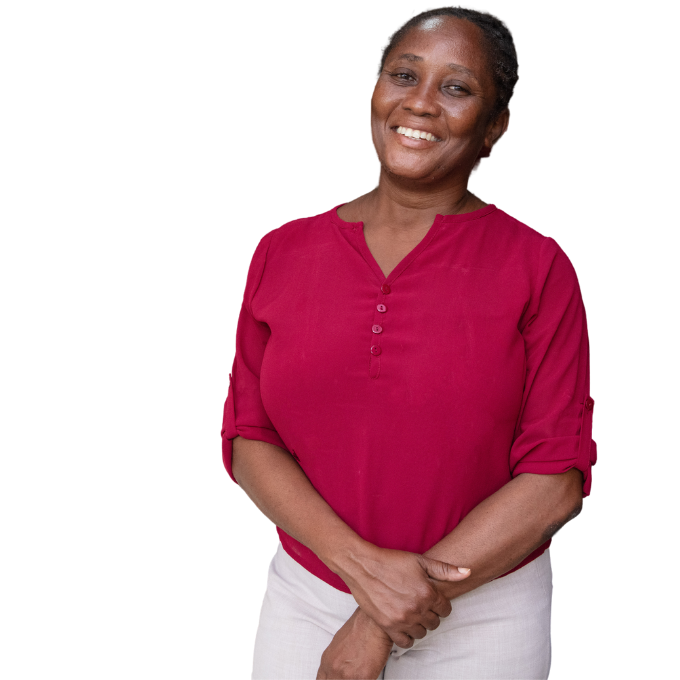“We never give up on our patients. We are proud of our mission, which is to serve the most vulnerable.”
Your donation can help Dr. Clermont and our entire staff care for more patients than ever before.

Your donation can help Dr. Clermont and our entire staff care for more patients than ever before.
